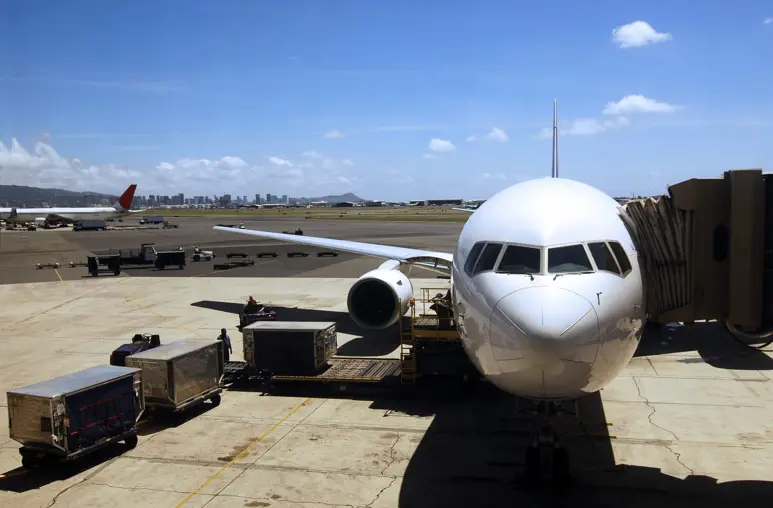Throughout the aviation industry, security regulations continue to evolve to keep pace with the increased threats and also to take advantage of new technologies – particularly advanced, automated detection. The air cargo sector is no exception and some operators are now looking to establish specific directives, perhaps as an adjunct to ECAC EDS Standard 3.
In the meantime, many are planning how to comply with both existing Standard 3 and the latest TSA requirements. Typically there are two approaches to compliance: conventional, standalone X-ray with a range of different tunnel sizes and 100% manual image analysis; or an inline, automatic explosives detection system (EDS). The most effective way to apply ECAC EDS Standard 3 is to install an approved/certified EDS scanner with Computed Tomography (CT) technology.
It’s all about balance
To get the optimum benefit from a CT scanner, it should be integrated into an advanced, fully-automatic material handling system. And yes, this does mean some reconfiguration and capital expenditure – but both have to be balanced against the considerable benefits that they deliver.
The new generation, Standard 3 equipment brings together sophisticated levels of detection, high throughput and low false alarm rates (FAR) to deliver superior performance than the previous Standard 2 equipment. It offers very accurate identification of suspicious substances and a future-proof capacity to detect the new, and as yet unknown, threats of tomorrow. There is also the potential to detect non-threatening but controlled items such as agricultural goods, currencies, seed, meat or electronics.
Air cargo forwarding is an exceptionally high pressure business often operating within specific and tight turn around windows, usually during the night. So speed really is a critical factor. An upgraded, inline system using automated threat detection can reach throughput volumes of 1,200-3,000 items per hour (depending on the size of the goods). Contents are examined from every angle, generating 3D images with very precise data. This means that quicker, more accurate judgements can be made on suspicious substances within the cargo since image analysis and, if necessary further inspection, is restricted to goods which are flagged up by the scanner as suspect
Manual intervention becomes limited to loading and unloading the plane. .
What are the other options?
Lower volume operations or those screening particularly large or heavy objects can still comply with the regulations using standalone X-ray systems. Here the image of every item has to be evaluated by an operator and supported by secondary checks using explosive trace detectors, dogs or other complementary technologies.
This is without doubt a very slow and labour intensive method but is nevertheless appropriate for some cargo sites. Palletised goods can also be handled this way but generally, it is more effective both operationally and in terms of security levels, to process it as break bulk cargo through a fast, inline system.
Powerful integration
Adding a centralised screening and management platform can boost performance even further by producing invaluable operational data to support instant decisions as well as providing access to historical data and reports for planning and general administration. The platform also facilitates centralised screening by collecting images from all material handling lanes and delivering them to a team of analysts working from one, often remote, location. In the future, it is likely that security systems located across regions, countries or even continents, will be linked to one centralised screening facility.
Preventive maintenance
As premium availability during short, peak periods is a key driver for air cargo operations, the latest analytics software can increase operational uptime to in excess of 99.5% and minimise the stocks of spare parts and labour needed for corrective maintenance. Using diagnostic tools and sensors, data is transmitted to the application, which automatically issues preventive maintenance tickets when key system thresholds are reached – hence allowing for planned and scheduled system downtime.
Prepare to succeed
A successfully integrated inline system will deliver goods more efficiently and on time. Higher throughput in combination with full compliance with the regulatory framework supports the faster turn-around and transfer of cargo – and to any global destination.
Large cargo volumes need equipment which can perform and not inhibit the flow of materials. With conventional screening methods, the X-ray process is limited by a lower belt speed and creates a bottleneck in the material handling system. High speed Standard 3 approved screening minimises any holdups. However, the legacy, slower scanners can still be useful in certain circumstances.
The upgrade to ECAC EDS Standard 3 will not be daunting if you research what you need; plan the transition carefully; and work with a supplier who can tailor the solution to both air cargo screening and your individual requirements.

